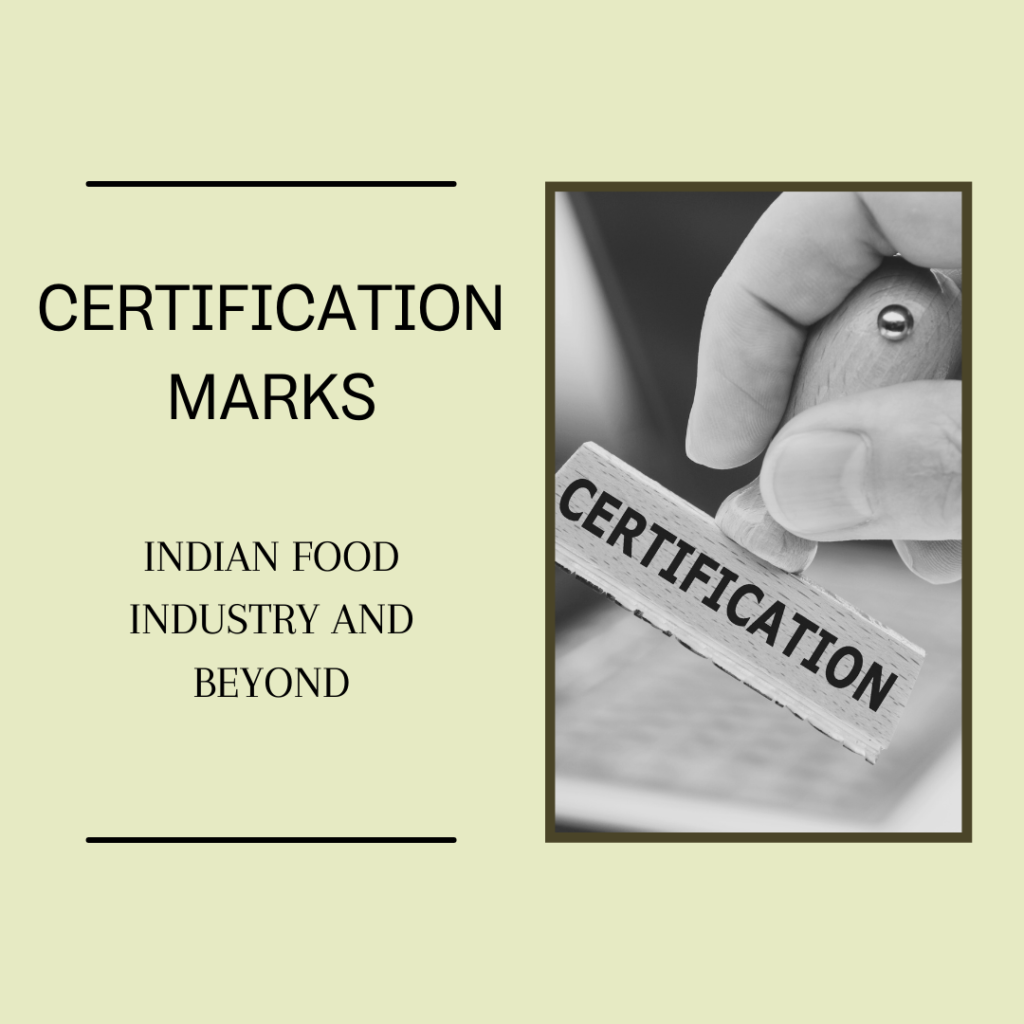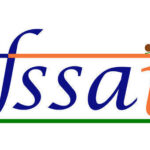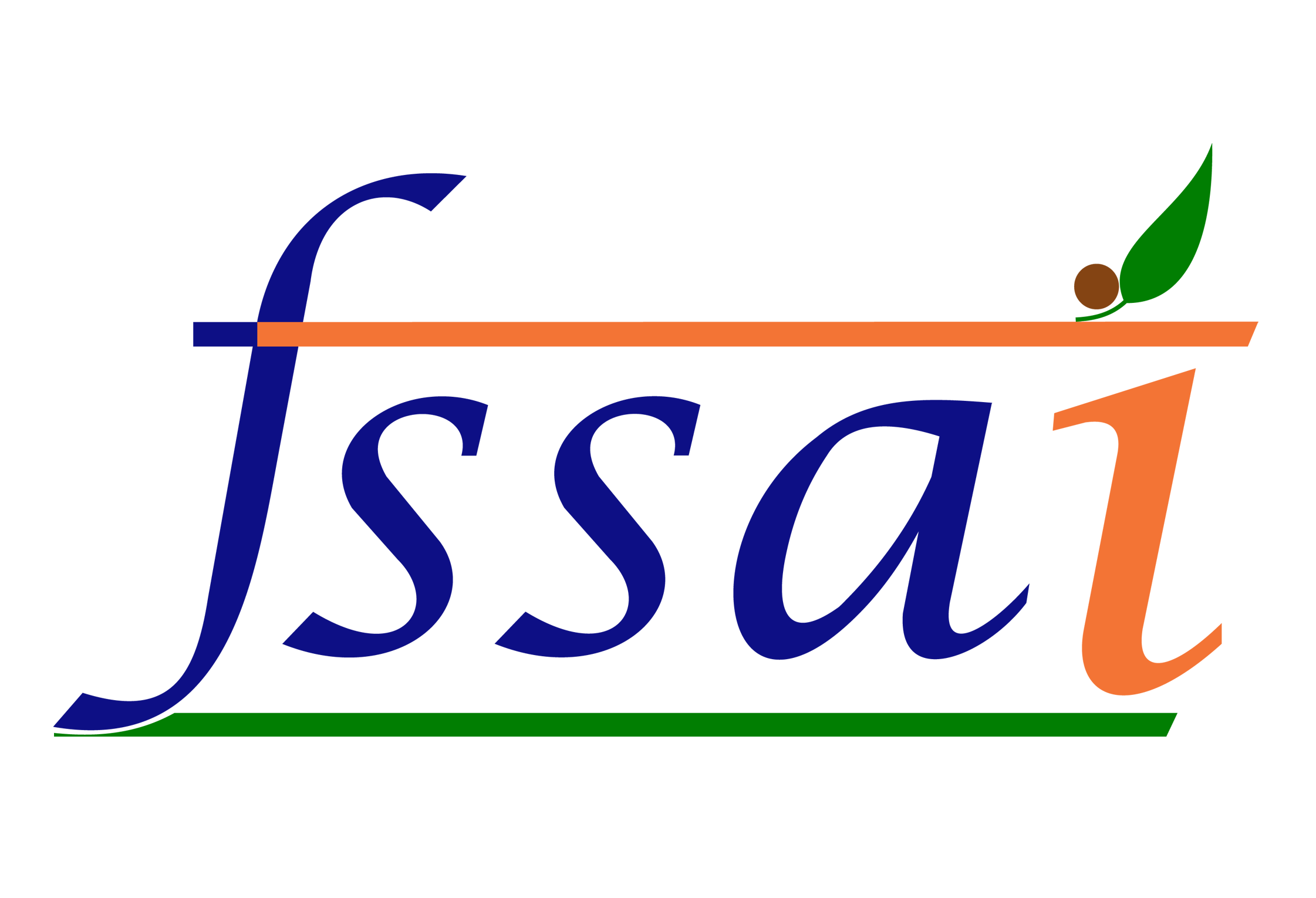Looking Beyond the Indian Food Industry
A Certification Mark (also sometimes called the Conformity Mark, or a Mark of Validity or Assurance) is a subset of a Trademark. It is a specific mark on a commercial product, indicating that the manufacturer of the product has tested and verified strict compliance with certain prescribed quality standards while manufacturing the product. Again, any specific certification mark may also indicate the location of the origin of the product (for example, a GI Tag), the materials of production or construction, the method or mode of manufacturing, purity or accuracy, or any specific characteristics of the product. Specifically in India, a Certification mark is governed by The Trademarks Act, 1999 and is defined in Section 2(1)(e) as “a mark capable of distinguishing the goods or services in connection with which it is used in the course of trade which is certified by the proprietor of the mark in respect of origin, material, mode of manufacture of goods or performance of services, quality, accuracy or other characteristics from goods or services not so certified”. The law under Section 78 of the Trademarks Act, 1999 allows the registration of a Certification Mark for a maximum of 10 years.
These marks are of much prominence in the food industry, being a reflection of the quality and standards upheld by the manufacturers of the products periodically rolled out into the market. This piece briefly addresses the most significant Certification Marks in India, their importance, the process for application, the prerequisites and the longevity of the same. Additionally, comparison and recognition of Certification Marks has been made internationally. In a process like this, the expertise of Food Safety Works in the field is priceless and we tell you about the role we play and how we can make your lives easier!
Why do we need Certification Marks?
It must be noted that although Certification Marks are a species of Trademarks, they are inherently different. Unlike true trademarks, which are intended to indicate to the consumer the source of a particular product or service, certification marks are intended to identify particular characteristics of a product, typically when those characteristics are not easily discernible from an inspection of the product. For example, a mark identifying a product as a banana is probably not particularly useful to the average consumer, but a mark identifying a product as an organic, “fair trade” banana would be useful to consumers who value those qualities.
Certification marks are indicative that the product introduced by the manufacturer has met certain essential standards. It gives the consumer an easily identifiable quality evaluation tool from a reliable source. It also gives them the assurance that the product has been successfully tested, which has resulted in it being granted this mark.
Depending on the standard, the owner of a certification mark may establish different processes to authorize the application of its certification mark to products, either independently or through Standard Development Organisations/Certifying bodies (SDO’s). Firstly, first-party certification, or self-certification, occurs when a product manufacturer declares that its own products meet the requirements of a standard. There is an inherent conflict of interest in self-certification, but it also has the virtue of being relatively inexpensive and quick to achieve. Second-party certification occurs when an SDO certifies that a product meets the requirements of its own standard. While viewed as more reliable than first-party certification, second-party certification remains somewhat suspected due to the SDO’s inherent interest in increasing the number of products certified to its standard. Third-party certification occurs when an outside certification organization certifies that a product meets the requirements of a standard. Because the certifier is independent of both the SDO and the manufacturer, third-party certification is generally seen as the most objective form of certification in this field, though even independent certification groups may be susceptible to market pressure to certify as many products as possible.
Certification Marks in India
| Certification Mark | Issuing Body | Process | Prerequisites | Longevity | Visual Representation |
|---|---|---|---|---|---|
| AGMARK AGMARK is a certification mark for agricultural produce. Till date, grade standards for 222 agricultural commodities have been notified. These include fruits, vegetables, cereals, pulses, oilseeds, vegetable oils, ghee, spices, honey, creamery butter, wheat, atta, besan, etc. Legal Backing: Agricultural Produce(Grading and Marking ) Act, 1937 as amended in 1986. | Directorate of Marketing & Inspection (DMI) in the Department of Agriculture, Cooperation and Farmers Welfare, Ministry of Agriculture, Cooperation &Farmers Welfare. | The process to apply is relatively simple. The application can be made online, through the DMI website, or by physically filling in the requisite form from the nearest office (Form A for Certificate of Authorisation for Grading and Marking of Commodities for the Domestic Market). The relevant details, documents and required fees are to be submitted, after which the certification shall be issued by the authority. The same can be renewed via Form A-4. | One of the most important criteria that needs to be satisfied to be qualified for AGMARK grading and certification of a notified commodity is as follows – The individual applying for the certification must have the infrastructure required to process the commodity, and if not, access to a laboratory that has been approved is required. | Five Years | |
| Indian Organic Certification | Agricultural and Processed Food Products Export Development Authority (APEDA) under the National Program for Organic Production of the Government of India. | An online application can be made by reaching out to the National Program for Organic Production (NPOP). An application can be submitted to the Accredited Certification Body (Third-party certification body accredited under NPOP)The products must also be endorsed by the FSSAI for the use of Jaivik Bharat logo. | Before the application is made, it is essential that the applicant conforms to the standards laid out by the National Programme for Organic Production (NPOP) for organic crop production. | Three Years | |
| Sattvik | The Sattvik Council of India and the Sattvik Certification Board of India. | The products for which such certification is sought must not contain meat ingredients, fish, egg, alcohol, or nicotine/prohibited substances and must be adhering to all policies & procedures. | The products for which such certification is sought must not contain meat ingredients, fish, egg, alcohol, nicotine/prohibited substances and must be adhering to all policies & procedures. | ||
| AYUSH AYUSH stands for Ayurveda, Yoga and Naturopathy, Unani, Siddha, and Homeopathy. Legal Backing: Drugs and Cosmetics Act, 1940. | Quality Council of India (QCI) | The process for application includes – Registration; – Application Review; –Initial Evaluation and the subsequent report; –Independent testing of samples; – IQAP and Final Evaluation; – Certification Decision and Determination. | There are certain prerequisites for obtaining the Ayush Certification mark. To state very briefly, – Ayush Standard Mark is based on compliance with domestic regulatory requirements; – Ayush Premium Mark is based on GMP requirements based on WHO Guidelines and product requirements with the flexibility to certify against any overseas regulation provided these are stricter than the former criteria. | ||
| VEGAN For products that do not contain animal products or byproducts and that have not been tested on animals. Legal Backup: Food Safety and Standards (Vegan Foods) Regulations, 2022 under Section 92(2)(v) of the Food Safety and Standards Act, 2006. | Food Safety and Standards Authority of India (FSSAI). | The process and guidelines for application for vegan certification include – Submitting of application, along with the requisite fees and necessary documents. – Vetting of the Application and acceptance/rejection of the same. – Provision for appeal in the event of a rejection. | The General Requirements under the Food Safety and Standards (VeganFoods) Regulations, 2022, are to be followed. |
To get help regarding any of the above food certifications, do not hesitate to contact us.

The Author Ms. Surabhi Soral is a Food Technologist and passionate about setting things right in the first go. She is a Consultant at Food Safety Works and heads the regulatory and compliance team.






